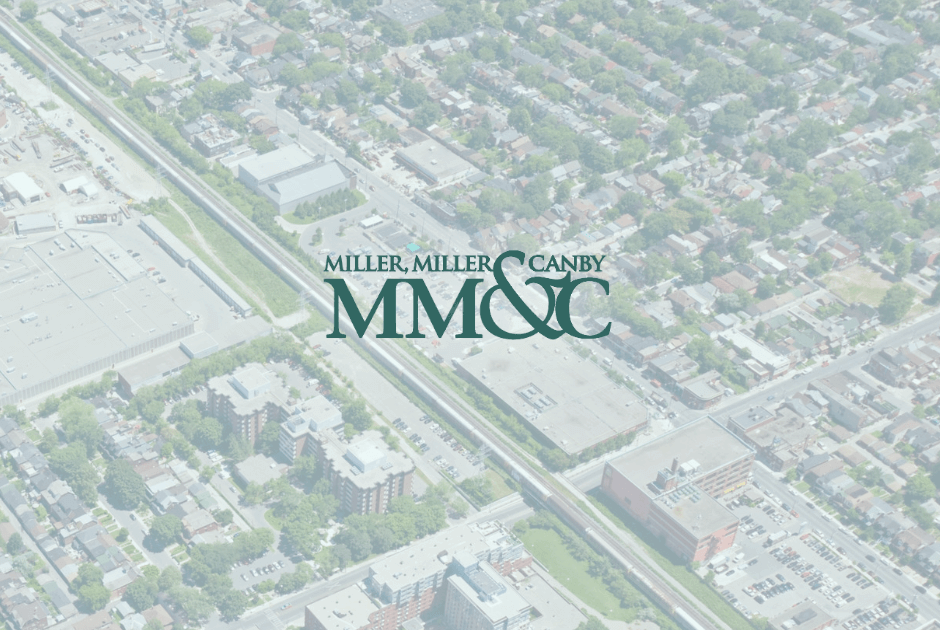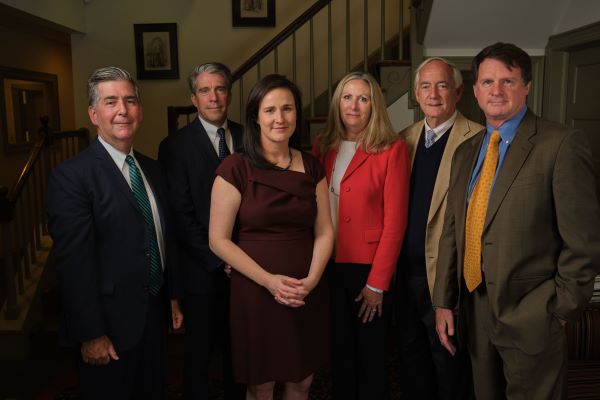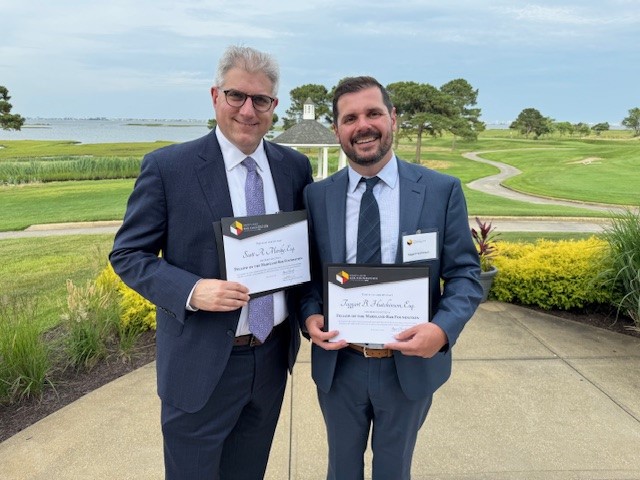
On December 19, 2014, the Tax Increase Prevention Act of 2014 (the Act) was signed into law. The Act retroactively extends many expiring tax provisions.
Extended Cost Recovery Provisions
50% Bonus Depreciation: The Act extends 50% first-year bonus depreciation for an additional year to cover qualifying new (not used) assets that are placed in service in calendar-year 2014. However, the placed-in-service deadline is extended to December 31, 2015, for certain assets that have longer production periods. Under the extended deadline privilege, only the portion of a qualifying asset's basis that is allocable to costs incurred before 2015 is eligible for 50% bonus depreciation. For a new passenger auto or light truck that is subject to the luxury auto depreciation limitations, the 50% bonus depreciation provision increases the maximum first-year depreciation deduction by $8,000.
Generous Section 179 Rules: For qualifying assets placed in service in the tax year beginning in 2014, the Act restores the maximum Section 179 deduction to $500,000 (same as for tax years beginning in 2013). Without this change, the maximum deduction would have been only $25,000 for 2014. The Act also restores the Section 179 deduction phase-out threshold to $2 million for tax years beginning in 2014 (same as for tax years beginning in 2013). Without this change, the phase-out threshold would have been only $200,000 for 2014. The temporary rule that allowed up to $250,000 of Section 179 deductions for qualifying real property placed in service in tax years beginning in 2013 was also retroactively restored for tax years beginning in 2014.
15-year Depreciation for Leasehold Improvements, Restaurant Property, and Retail Space Improvements: The Act retroactively restores the 15-year straight-line depreciation privilege for qualified leasehold improvements, qualified restaurant property, and qualified retail space improvements for property placed in service in 2014.
Extended Tax Credit Provisions for Business
Research Credit: The Act retroactively restores the research credit to cover qualifying expenses paid or accrued before 2015.
Work Opportunity Credit Hiring Deadline: The Act retroactively extends the deadline for employing eligible individuals for purposes of claiming the Work Opportunity Tax Credit to cover qualifying hires that begin work in 2014.
Differential Pay Credit for Small Employers: The Act retroactively restores the credit for eligible small employers that provide differential pay to employees while they serve in the military to cover payments made in 2014. The credit equals 20% of differential pay of up to $20,000 paid to each qualifying employee.
Credit for Building Energy-efficient Homes: The Act retroactively extends the $2,000 or $1,000 (depending on the projected level of fuel consumption) per-home contractor tax credit for building new energy-efficient homes in the U.S. to qualifying homes sold by December 31, 2014 for use as a residence.
Credits for Renewable Energy Production Facilities: The Act retroactively restores the renewable energy production credit for one year to cover facilities that begin construction before 2015.
Extended Provisions on Charitable Donations
Enhanced Deduction for Food Donations: The Act retroactively restores, for 2014, the enhanced charitable contribution deduction for non-C corporation businesses that donate food (it must be apparently wholesome when donated). This provision is intended for non-C corporation businesses that have food inventories, such as restaurants. For non-C corporation taxpayers, deductions for donated food are normally limited to the taxpayer's basis in the food or FMV, whichever is lower. In contrast, the enhanced deduction equals the lesser of: (1) basis plus half the value in excess of basis or (2) two times the basis. (The same enhanced deduction rule has been available to C corporations for years.)
Favorable Rule for S Corporation Donations of Appreciated Assets: The Act retroactively restores for tax years beginning in 2014 the favorable shareholder basis rule for stock in S corporations that make charitable donations of appreciated assets. For such donations, each shareholder's tax basis in the S corporation's stock is only reduced by the shareholder's prorata percentage of the company's tax basis in the donated assets. Without the extended provision, a shareholder's basis reduction would equal the passed- through write-off for the donation (a larger amount). The extended provision is taxpayer-friendly because it leaves shareholders with higher tax basis in their S corporation shares.
Other Extended Provisions
Parity for Employer-provided Parking and Transit Benefits: The Act extends for one year, through 2014, the parity provision that requires the tax exclusion for transit benefits to be the same as the exclusion for parking benefits. Thus, for 2014, employees can be given tax-free transit benefits of up to $250 a month-the same as for tax-free parking benefits.
Break for S Corporation Built-in Gains: When a C Corporation converts to S corporation status, the corporate-level built-in gains tax generally applies when built-in gain assets (including receivables and inventories) are turned into cash or sold within the recognition period. The tax is only assessed on built-in gains (excess of FMV over basis) that exist on the conversion date. The recognition period is normally the 10-year period that begins on the conversion date. However, for S corporation tax years beginning in 2012 and 2013, the recognition period was five years. The Act retroactively restores the five-year recognition period for tax years beginning in 2014. In other words, for gains recognized in 2014, the built-in gains tax won't apply if the fifth year of the recognition period has gone by before the start of 2014.
Energy Efficient Commercial Buildings Deduction: The Act retroactively restores the deduction for the cost of an "energy efficient commercial building property" placed in service during the tax year for one year, for property placed in service before 2015. The maximum deduction for any building for any tax year is the excess (if any) of the product of $1.80, and the square footage of the building, over the total amount of the Section 179 deductions claimed for the building for all earlier tax years.
Miller, Miller & Canby has assisted clients with business law, tax planning and estates & trusts for over 65 years. Glenn Anderson leads the Business & Tax and Estates & Trusts practice groups at Miller, Miller & Canby. As both a CPA and a practicing attorney, he has developed a recognized expertise in taxation law.
Please feel free to contact Glenn or any of the business & tax planning attorneys at Miller, Miller & Canby with your tax planning needs. View more information about Miller, Miller & Canby's Business & Tax practice by clicking here.








Share this Article: